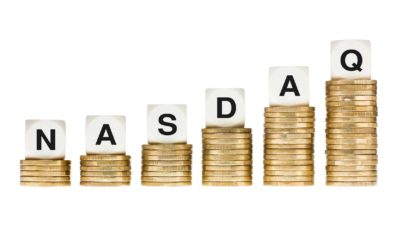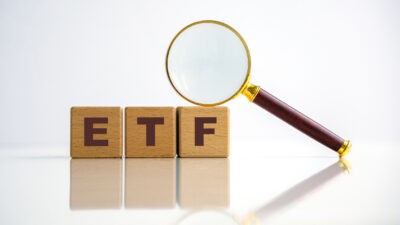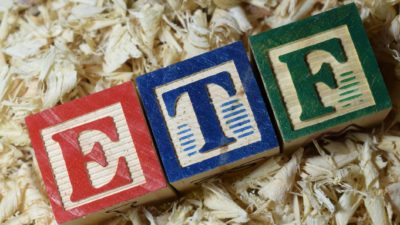Investing in ASX shares is a great thing to do to build wealth. But where are we supposed to begin? An excellent ASX exchange-traded fund (ETF) to look at is BetaShares Australia 200 ETF (ASX: A200).
An ETF is a great investment for a beginner because it allows investors to buy a whole group of businesses in a single investment. I wouldn't want to have to buy 200 different businesses individually and also monitor all of them.
ASX ETFs that follow an index can be done at a cheap cost. They are also providing returns that (almost) match the market – even fund managers fail to beat the market sometimes, so just getting the return of the A200 ETF is a solid return.
A200 ETF has the cheapest costs
There are a lot of different ASX ETFs that are focused on ASX shares such as iShares Core S&P/ASX 200 ETF (ASX: IOZ) and Vanguard Australian Shares Index ETF (ASX: VAS), which have low management costs.
The A200 ETF has the cheapest annual cost of all three of these ASX share options, with a yearly fee of 0.04% – it is the lowest-cost Australian shares ETF available on the ASX.
Lower fees can make a big difference in how much our wealth grows over time.
Solid diversification
If we're invested in hundreds of different businesses, it lowers the risks relating to a particular business or an industry.
As the name suggests, the A200 ETF is invested in 200 businesses. Those companies are 200 of the biggest businesses on the ASX including BHP Group Ltd (ASX: BHP), Commonwealth Bank of Australia (ASX: CBA), CSL Ltd (ASX: CSL), National Australia Bank Ltd (ASX: NAB), Westpac Banking Corp (ASX: WBC), Macquarie Group Ltd (ASX: MQG), Woodside Energy Group Ltd (ASX: WDS) and Goodman Group (ASX: GMG).
The returns of the underlying holdings dictate the return of the ASX ETF. For example, if BHP accounts for 10% of the portfolio and BHP makes a 20% return in one year, then the A200 would benefit with a 2% return contribution. The other 199 holdings would dictate the other 90% of the portfolio's return.
Good dividends
A number of the large ASX shares have an appealing dividend yield, meaning the A200 ETF can deliver a good dividend return. The share price performance is the other part of the return, but that's unpredictable.
On top of the ordinary dividend, Aussies can benefit from the franking credits that are attached to dividends from Australian companies.
According to Betashares, the ASX ETF pays a distribution quarterly. Its 12-month distribution yield was 3.7% as of 31 January 2024, and 5% grossed-up with the franking credits (at a franking level of 80%).
I think that's a good level of passive income amid the elevated interest rates.









